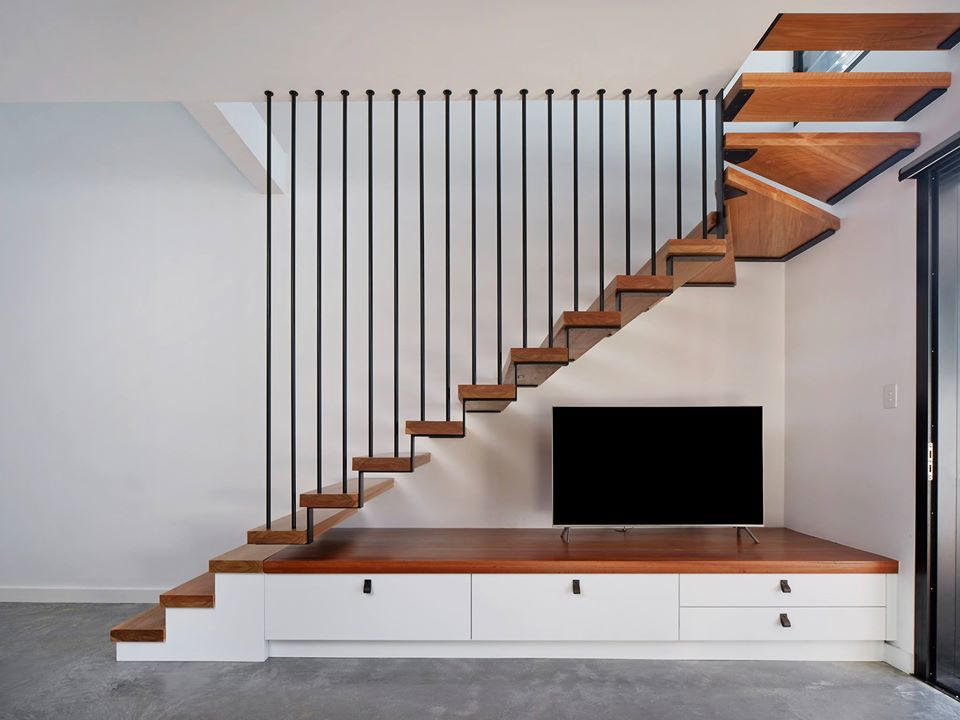Choosing the Right Gutter Guard For Your Home
Gutter guard is a gutter cover designed to keep debris out of your home’s gutters. While it is not a foolproof solution to clogged or overflowing gutters, it can help you eliminate the need to clean them regularly and reduce your overall maintenance costs. Gutter guards are available in a range of styles and materials, so choosing the right one for your home’s unique needs requires careful research.
Before you invest in a gutter guard charleston sc system, look at your gutters to see if they are warped or damaged. Seeing visible corrosion or rust on your gutters can indicate they’re full of debris and may need to be cleaned or replaced. Also look for moss or mildew growing on the outside of your gutters, which could mean water is collecting inside and can cause damage to your house.
A gutter that is sagging or tangled can also be a sign of blockages. You should also check the condition of your downspouts, which can become clogged with leaves, twigs and other debris. It is important to inspect your gutters on a regular basis, especially in fall and spring when leaf debris tends to build up faster.
During the fall, it’s particularly easy to find lots of debris, such as twigs and pine needles, which can easily get into your gutters and block them. This can damage your roof and lead to leaks or overflowing. Gutter guards can help you avoid these problems by keeping out large debris and allowing water to flow freely through your gutters.
There are five main types of gutter guard: screen, micro mesh, reverse curve (or surface-tension), brush and foam. Each type has its own advantages and disadvantages. The best gutter guard for you depends on your budget and how often you plan to clean your gutters.
Screen gutter covers are inexpensive, but they also allow some debris to slip through. They are most effective on homes with shallow, well-maintained gutters. They have perforated holes that let in rain but keep debris out, such as oak or maple leaves and twigs from pine trees. Debris that does make it through is washed away in the downspout.
Micro-mesh gutter covers are more expensive than screens, but they offer better performance. They can be installed in a variety of ways, including on the front of your gutters and on the inside of the gutters. They’re also more likely to withstand impact from large debris.
Reverse-curve and surface-tension systems are designed to keep most debris, such as twigs and leaves, out of your gutters. However, they can be clogged by pine needles and aren’t suitable for bushfire-prone areas.
Integrated mesh systems fit directly into the existing gutters, which can be convenient and affordable. They’re typically made from aluminium and can be fitted to tiled, corrugated or metal roofs. They are usually secured to the roof with a slope, which helps them stay in place during windy weather and encourages the leaves and twigs to fall to the ground rather than into the gutter.

